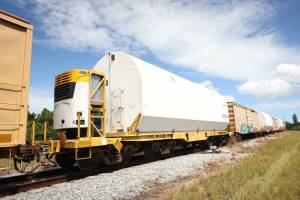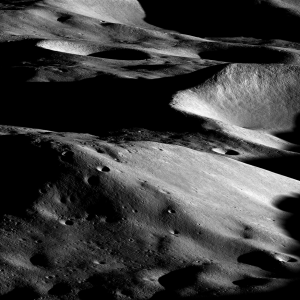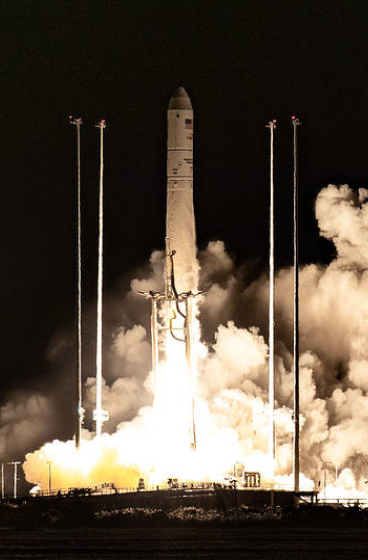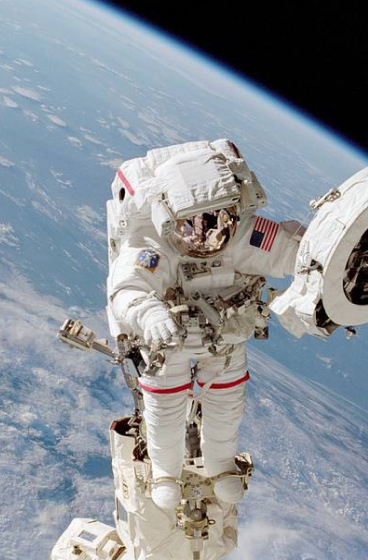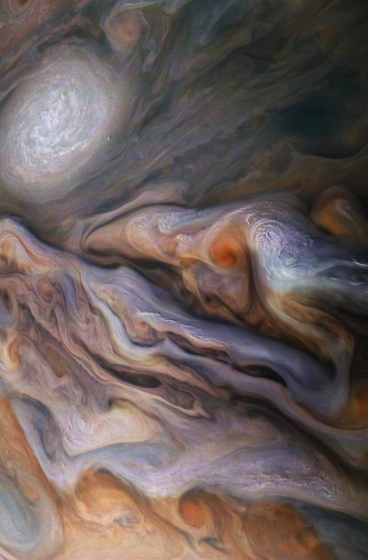5 min read
Life Encapsulated: Inside NASA’s Orion for Artemis II Moon Mission
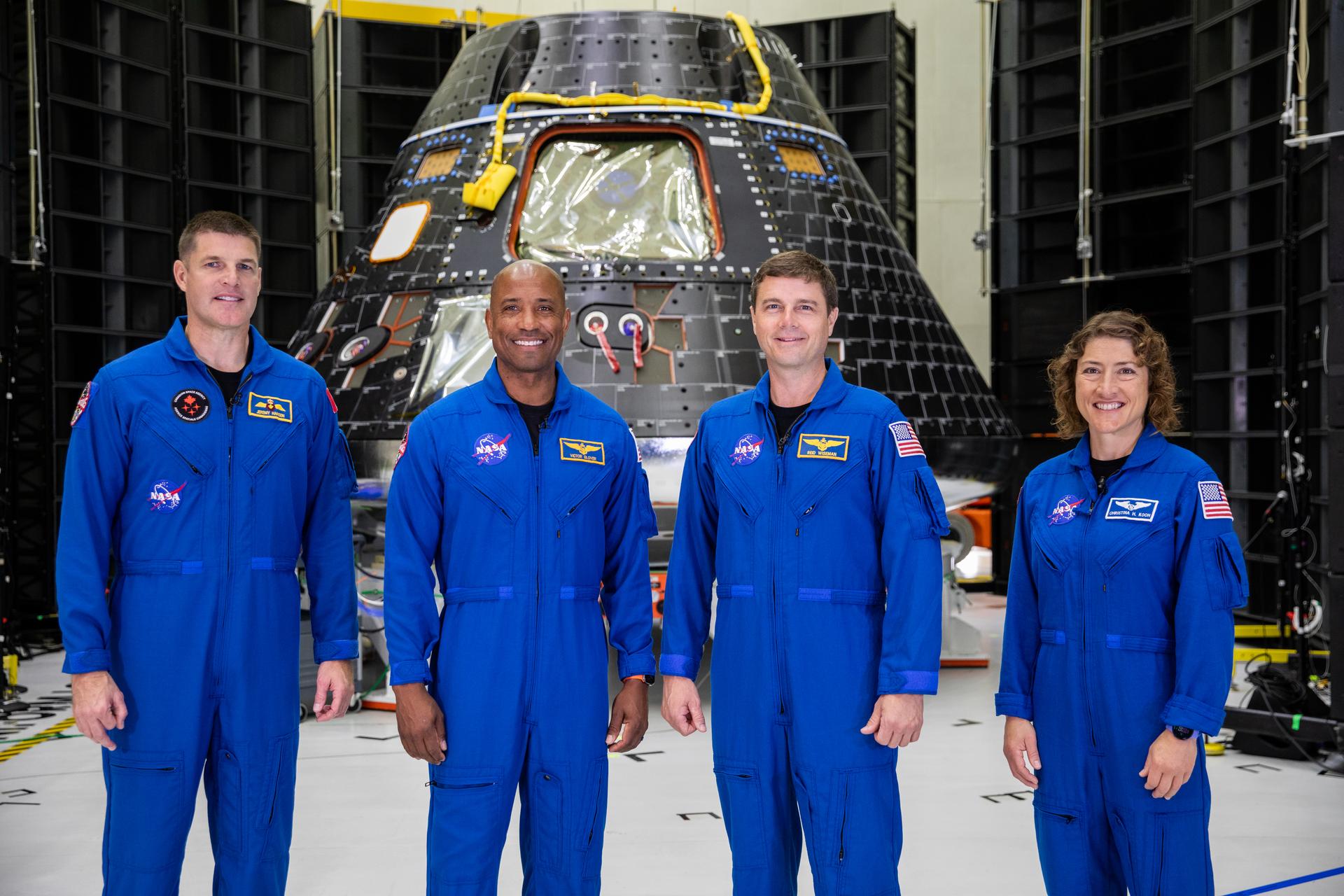
On NASA’s upcoming Artemis II mission, four astronauts will fly inside the Orion spacecraft and venture around the Moon, becoming the first to lay their eyes on our celestial neighbor at a relatively close distance in more than 50 years.
Orion will be home for NASA astronauts Reid Wiseman, Victor Glover, and Christina Koch, and Canadian Space Agency (CSA) astronaut Jeremy Hansen during their 600,000-mile, nearly 10-day journey. They will live and work in Orion’s crew module while its service module provides the essential commodities astronauts need to stay alive, including potable water and nitrogen and oxygen to breathe.
As the first time astronauts will fly aboard Orion, Artemis II will include several objectives to check out many of the spacecraft’s life support systems operating in space for the first time. The crew will provide valuable feedback for future Artemis missions to the Moon.
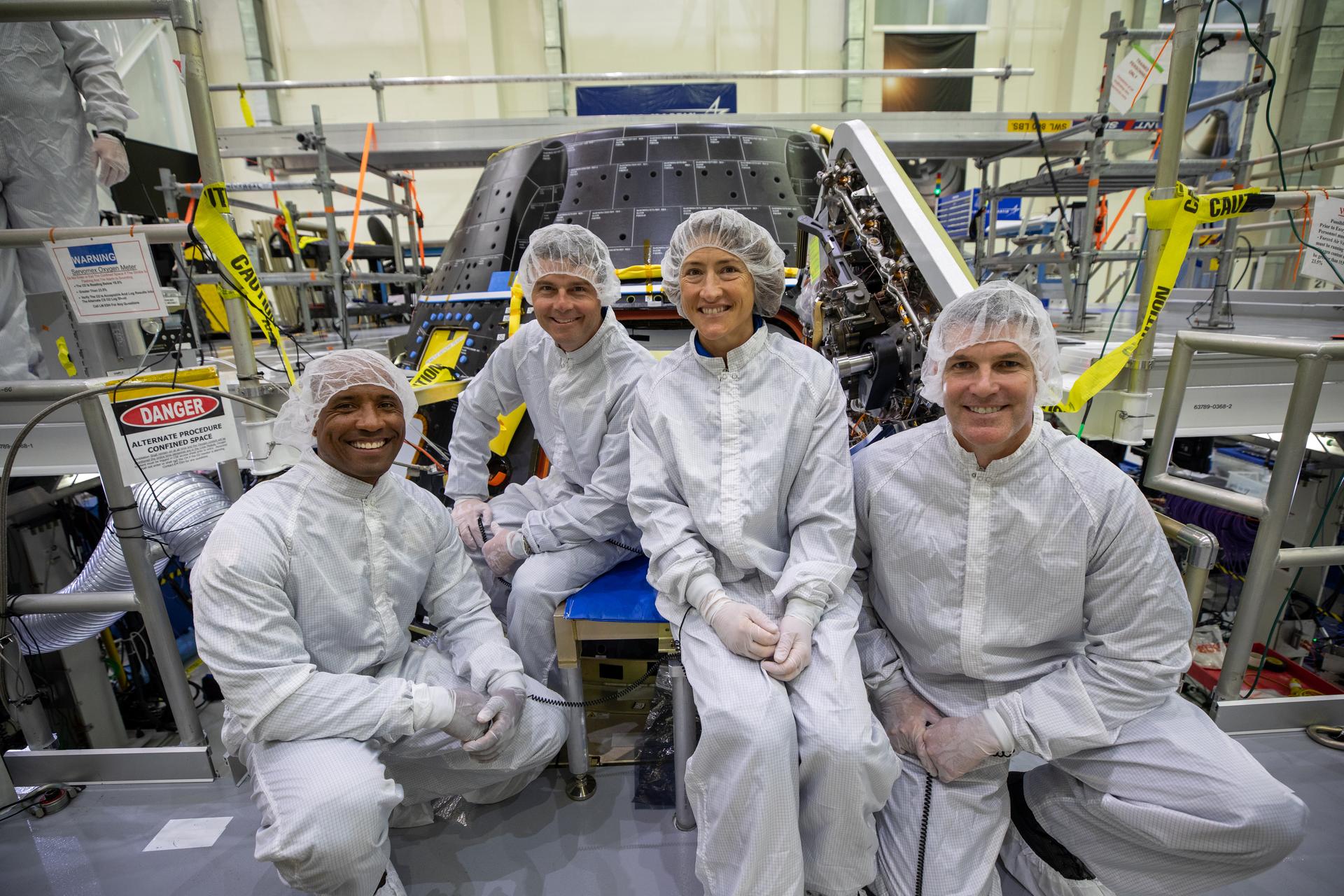
Spacecraft Life
Orion’s cabin has a habitable volume of 330 cubic feet, giving the crew about as much living space as two minivans. After their ride to space atop NASA’s SLS (Space Launch System) rocket, the crew will stow Koch and Hansen’s seats until the day of return, giving them more room to move around during the flight. The backs of Wiseman and Glover’s seats, as commander and pilot respectively, will remain out but their foot pans will be stowed. Orion has nearly 60 percent more space than the Apollo command module’s 210 cubic feet.
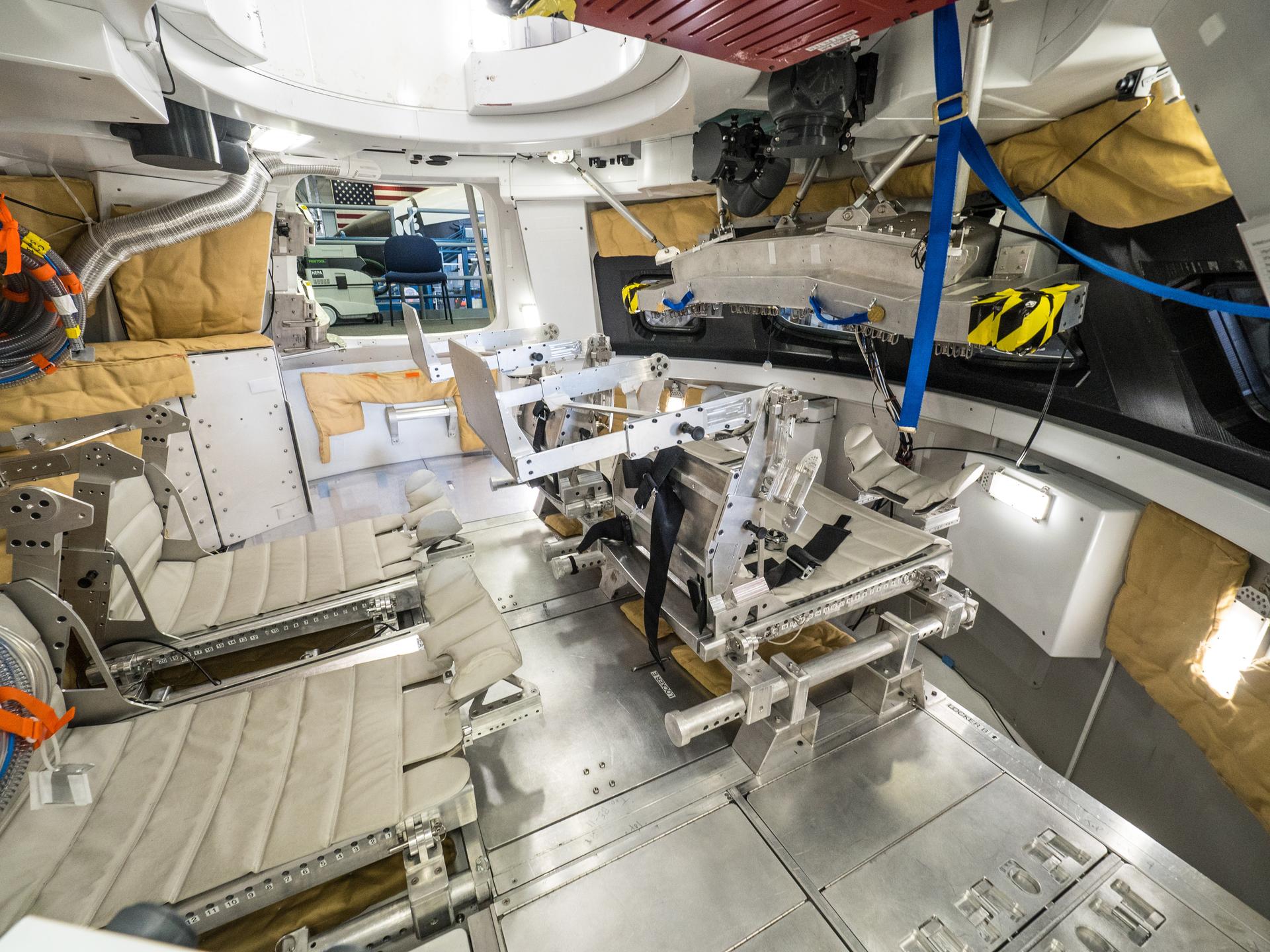
What’s on the Menu?
Food scientists in the Space Food Systems Laboratory at the agency’s Johnson Space Center in Houston are working with the crew to pre-select their meals long before departing Earth. While they won’t have the day-to-day options that a space station crew has during their expeditions, the Artemis II astronauts will have a set menu based on their personal preferences and nutritional needs. Orion is outfitted with a water dispenser and food warmer to rehydrate and heat food, and the crew will have dedicated meal times in their schedule to refuel.
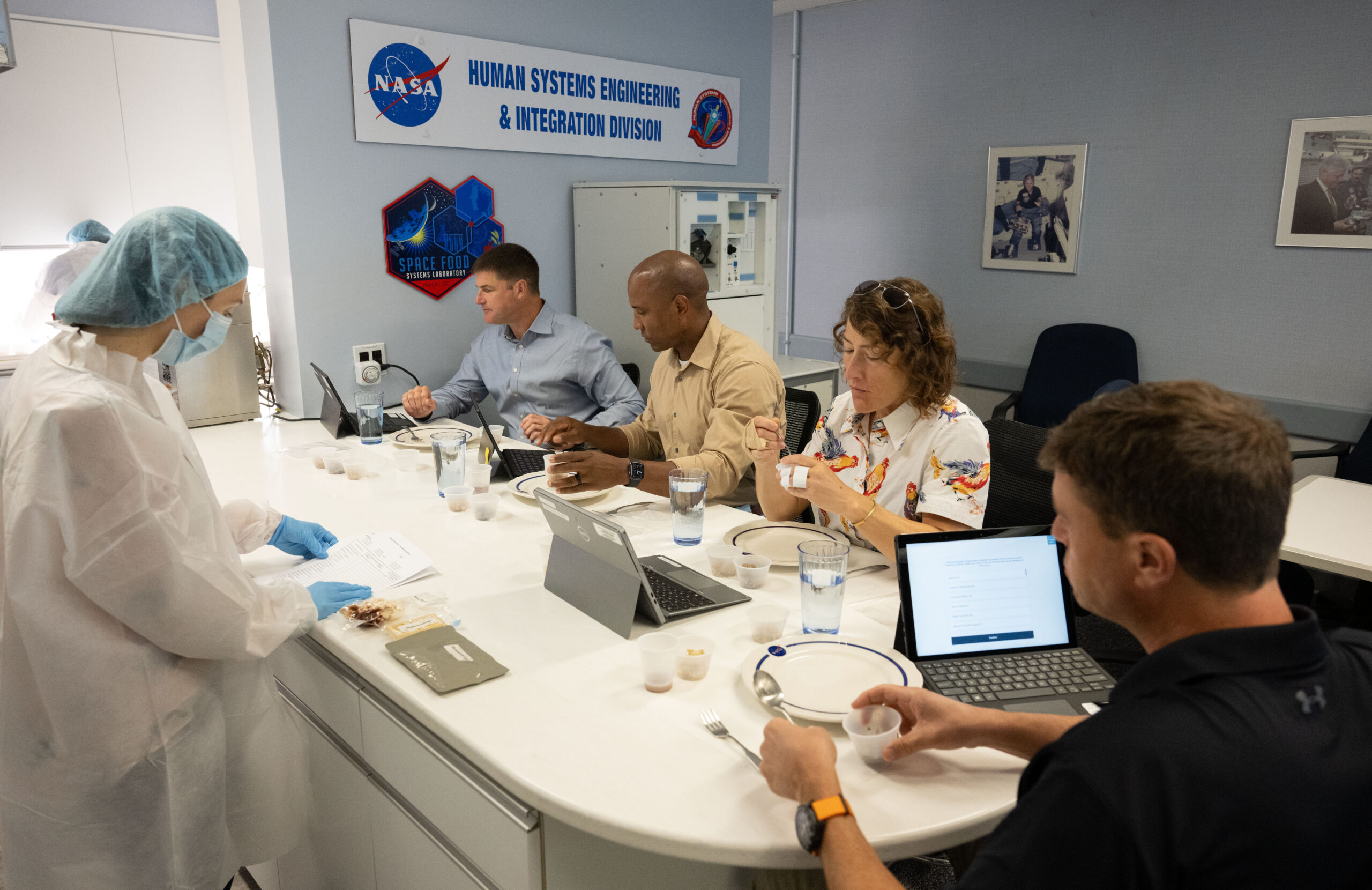
Fit for Flight
Each astronaut will dedicate 30 minutes daily to exercise, minimizing the muscle and bone loss that occurs without gravity. Orion is equipped with a flywheel, a small device installed directly below the side hatch used to enter and exit Orion and will conveniently be used as a step when the crew get inside Orion on launch day. The flywheel is a simple cable-based device for aerobic exercises like rowing and resistance workouts like squats and deadlifts. It works like a yo-yo, giving astronauts as much load as they put into it, maxing out at 400 pounds.
On the International Space Station, astronauts have several exercise machines that collectively weigh more than 4,000 pounds and occupy about 850 cubic feet. While effective for space station crew members, Orion’s exercise equipment must accommodate more stringent mass and volume constraints. The flywheel weighs approximately 30 pounds and is slightly smaller than a carry-on suitcase.

Keeping it Clean
The hygiene bay includes doors for privacy, a toilet, and space for the crew to bring in their personal hygiene kits. The kits typically include items like a hairbrush, toothbrush and toothpaste, soap, and shaving supplies. Astronauts can’t shower in space but use liquid soap, water, and rinseless shampoo to remain clean.
When nature inevitably comes calling, crew members will use Orion’s toilet, the Universal Waste Management System, a feature Apollo crews did not have. Nearly identical to a version flying on NASA’s space station, the system collects urine and feces separately. Urine will be vented overboard while feces are collected in a can and safely stowed for disposal upon return.
Should the toilet malfunction, the crew will be able to use collapsible contingency urinals, a system that collects urine in a bag and interfaces with the venting system to send the urine overboard. With two different styles designed to accommodate both females and males, the bags hold about a liter of urine each. Should the UWMS fail, the crew will still use the toilet for fecal collection, only without the fan that helps with fecal separation.
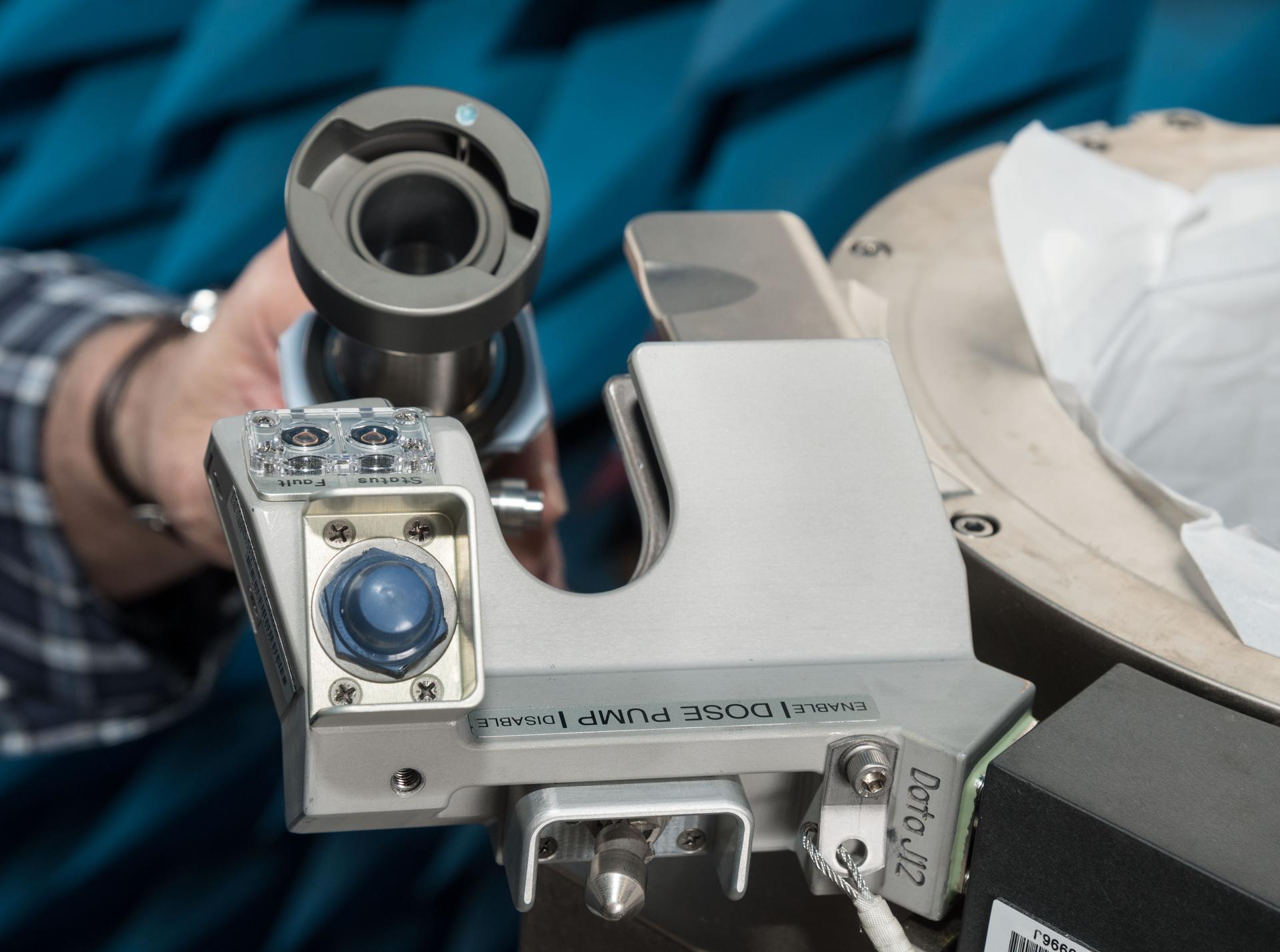
Medical Care
In case of minor medical needs during the mission, Orion will have a medical kit on board that includes everything from basic first aid items to diagnostic tools, such as a stethoscope and an electrocardiogram, that can be used to provide data to physicians on the ground. The crew will also have regular private medical conferences with flight surgeons in mission control to discuss their health and well-being.
Catching Some Shuteye
With a jam-packed schedule, the Artemis II crew will have a full eight hours of sleep built into their schedule to ensure they’re well rested and can make the most of their mission. For most of the mission, all four crew will sleep at the same time, attaching sleeping bags to Orion’s walls for some shuteye.
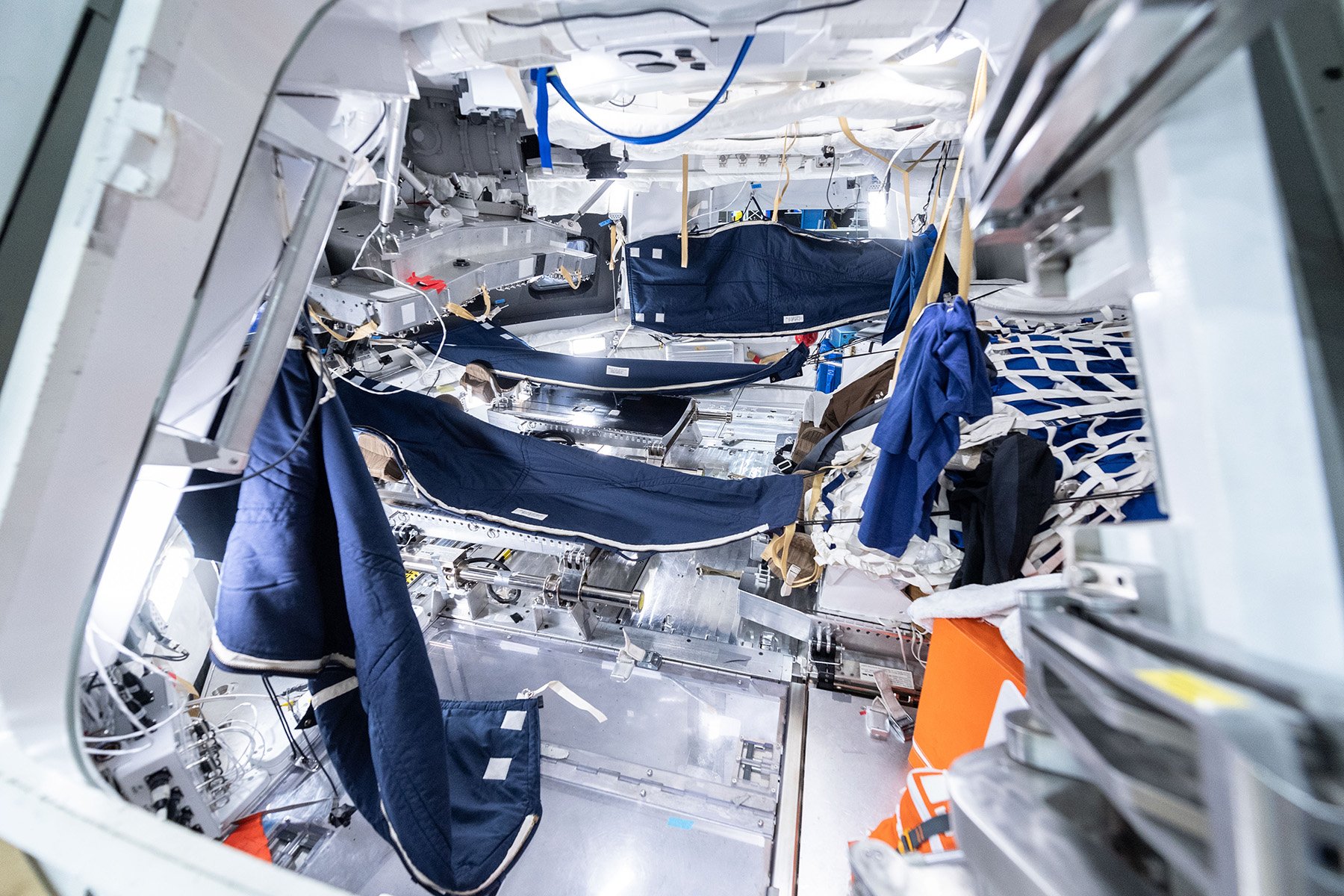
Keeping in Touch
Inside Orion, the astronauts will use a handheld microphone and speaker or wear a headset to communicate with mission controllers, conduct medical checks with flight physicians, and catch up with their families. The crew will also have tablets and laptops they can use to review procedures and load entertainment onto before launch.
Artemis II will confirm all Orion’s systems operate as designed with crew aboard in the actual environment of deep space. The mission will pave the way for future lunar surface missions, including by the first woman and first person of color, establishing long-term lunar science and exploration capabilities, and inspire the next generation of explorers – The Artemis Generation.
About the Author
Erika Peters
Share
Details
Related Terms
Click here for original story, Life Encapsulated: Inside NASA’s Orion for Artemis II Moon Mission
Source: NASA Ames Research Center
